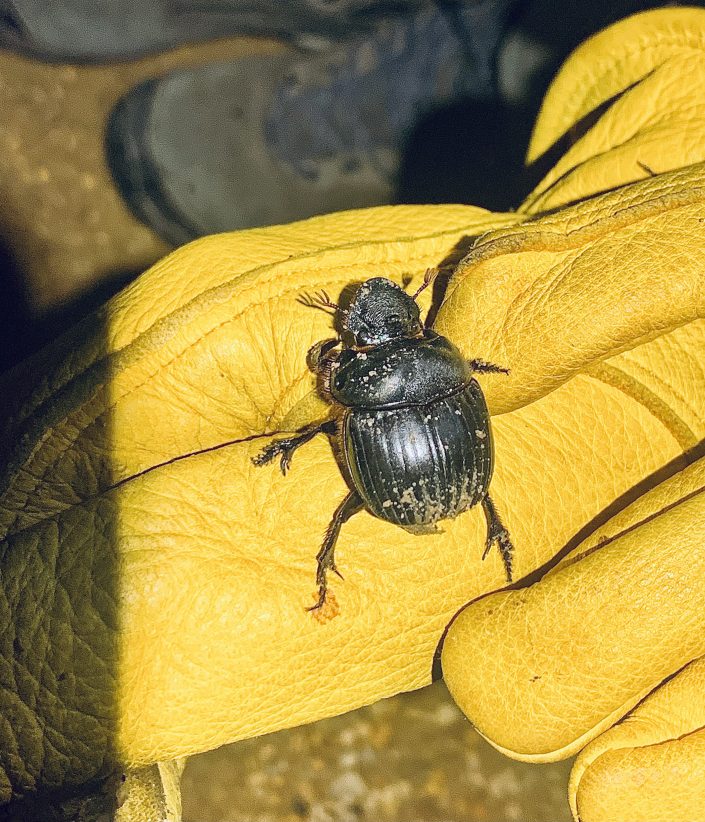Special Guests During Bat Survey Nights
by Leah Wells

Surveying for bats means staying up late and spending a lot of time in the dark. Our evenings begin a few hours before sunset, giving us just enough time to set up for the night. We start off by scouting locations to set up our mist-nets which we use to capture bats. These fine nets, ranging from 8 – 30 ft across and 16 ft high, are attached to tall poles stationed along corridors which bats often use to forage for food. With our nets ready to be deployed, we use the last of the daylight to set up our work station where we will process the bats we hopefully catch.
As the night sky proceeds to get darker, we raise our nets and await. Nets are checked every 10 minutes and while the goal is to capture bats, they aren’t the only night time creatures we run into.
The eastern whip-poor-will, a strictly nocturnal bird, will occasionally fly into our nets while trying to feed on aerial insects. We quickly disentangle these birds from the net, trying to not cause anymore stress, and then back off into the darkness they go. These birds are often heard but seldom seen, so being able to see them up close is always a fun opportunity. The most common guests in our nets (sometimes more common than bats) are insects such as the June beetle and moth species like the Imperial, Luna, and Rustic Sphinx moth. Extracting these large moths from the nets can be quite the challenge, but with a little patience and help from our crochet hook we are able to get them untangled.

The time spent between net checks consists of conversation between our team and observing the habitat around us. The coolest thing about working at night is that you see wildlife you wouldn’t normally see during the daytime. Whether it be toads, like the Fowler’s and Eastern spadefoot, hopping on the ground around us. The hundreds of glistening spider eyes all over the forest floor. Lightning bugs flickering yellow and orange in the nearest field. And even the occasional hoot from an owl in the distance.
Mist-netting for bats is no easy task – the nights are long and the weather this summer has been exceptionally hot, but nonetheless it is rewarding work. These surveys provide us with a unique opportunity to witness these nocturnal species and offer great insight into the lives of our New Jersey bats.







Discover more from Conserve Wildlife Foundation of NJ
Subscribe to get the latest posts sent to your email.